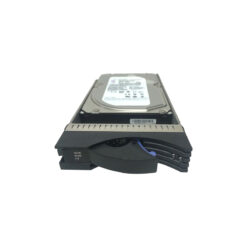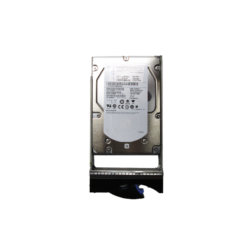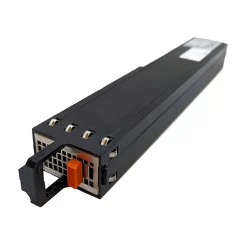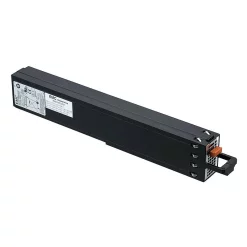Maximizing Efficiency: How EMC Unity’s All-Flash Architecture Transforms Data Storage
Overview of EMC Unity All-Flash Architecture
EMC Unity, part of Dell EMC’s storage portfolios, represents a modern midrange storage array designed to provide high performance, scalability, and efficiency through its all-flash architecture. Unity arrays are engineered to meet the robust demands of contemporary data centers, emphasizing simplicity, flexibility, and comprehensive data services.
Key Features of EMC Unity All-Flash
- Unified Storage: Supports block, file, and VMware Virtual Volumes (vVols).
- All-Flash Performance: Utilizes solid-state drives (SSDs) to ensure low latency and high IOPS.
- Data Efficiency: Inline data reduction techniques such as compression and deduplication to maximize storage efficiency.
- Scalability: Capability to scale up with additional drives and scale-out with additional nodes.
- Ease of Use: User-friendly management interface and integration with cloud-based monitoring tools.
Technical Specifications
| Specification | Details |
|---|---|
| Maximum Raw Capacity | Up to 16 PB |
| Drive Types | SAS Flash, NVMe |
| Processors | Intel Xeon family |
| Memory | Up to 256 GB per node |
| Connectivity | 16 Gb/s FC, 10 GbE iSCSI, and more |
Architecture and Functionality
The EMC Unity architecture is built around delivering consistent performance for mixed workloads by integrating a combination of enterprise-grade SSDs with a multi-core processing infrastructure. Detailed below is the data flow and core mechanisms that make this possible.
Data Flow
- Data Input: Data is received via host connectivity options such as Fibre Channel, iSCSI, or NAS protocols.
- Data Reduction: Inline deduplication and compression are applied to minimize data footprint, optimizing storage efficiency.
- Data Management: Automated tiering ensures active data resides on the highest-performing storage tier (NVMe or SAS flash).
- Data Access: Advanced caching algorithms ensure data is readily accessible, leveraging DRAM and SSD cache layers.
- Data Protection: Data is safeguarded with integrated solutions like snapshots, replication, and encryption.
Underlying Mechanisms
- SP Cache: The Storage Processor (SP) cache is used to store metadata and host write operations, enhancing system response times.
- FAST VP (Fully Automated Storage Tiering for Virtual Pools): Implementing automated data migration across storage tiers optimizes both performance and cost.
- RAID Protection: Implements hybrid RAID levels such as RAID 5 and RAID 6, enhancing data protection while maintaining performance.
Comparative Analysis with Competing Technologies
EMC Unity finds itself in a competitive landscape alongside options such as NetApp AFF and HPE Nimble Storage. Below is a comparative analysis that emphasizes EMC Unity’s differentiators.
Strengths
- Unified Platform: Unlike some competitors, Unity offers complete block and file hosting from a single platform, simplifying management.
- Simplified Management: Unity’s modern interface is often cited as more intuitive compared to HPE’s offerings.
- Rich Data Services: Provides comprehensive data services out of the box, such as robust data reduction and integrated data protection features.
Weaknesses
- Initial Cost: Unity can have a higher up-front cost compared to mid-tier solutions like HPE Nimble.
- Ecosystem Integration: While improving, some competitors offer more seamless integration options with existing IT ecosystems.
Real-World Use Cases
EMC Unity is utilized across various industries, providing a reliable solution for enterprises demanding high efficiency and performance from their storage infrastructure.
- Financial Services: Utilizing Unity in banking to handle high-speed transaction processing and database management, benefiting from low latency and high IOPS.
- Healthcare: In hospitals, Unity supports medical imaging workloads, efficiently managing large files with considerable throughput and data protection needs.
- Virtualized Environments: Many IT environments leverage Unity for VMware integrations, using its vVols support to simplify VM management and operations.
Conclusion
By leveraging its all-flash architecture, EMC Unity stands as a robust solution for organizations grappling with modern data demands, balancing performance, efficiency, and simplicity, aligning well with the dynamic needs of today’s data-centric businesses.












